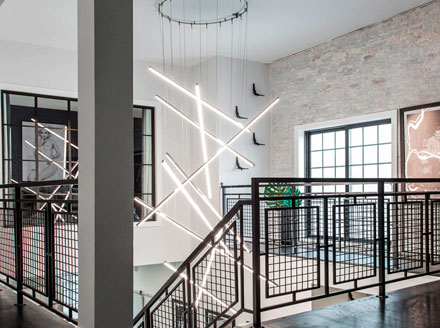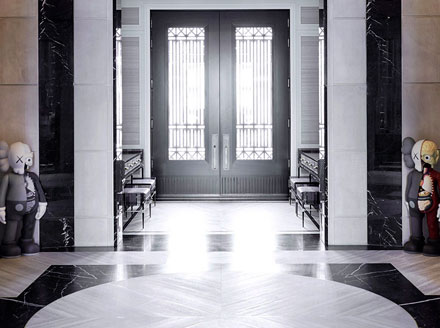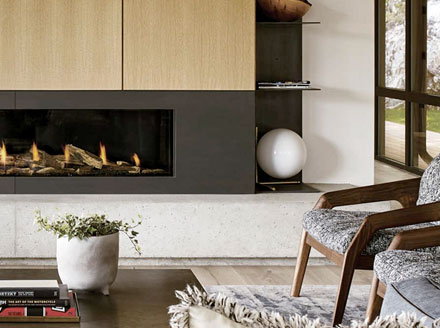Share This Post:
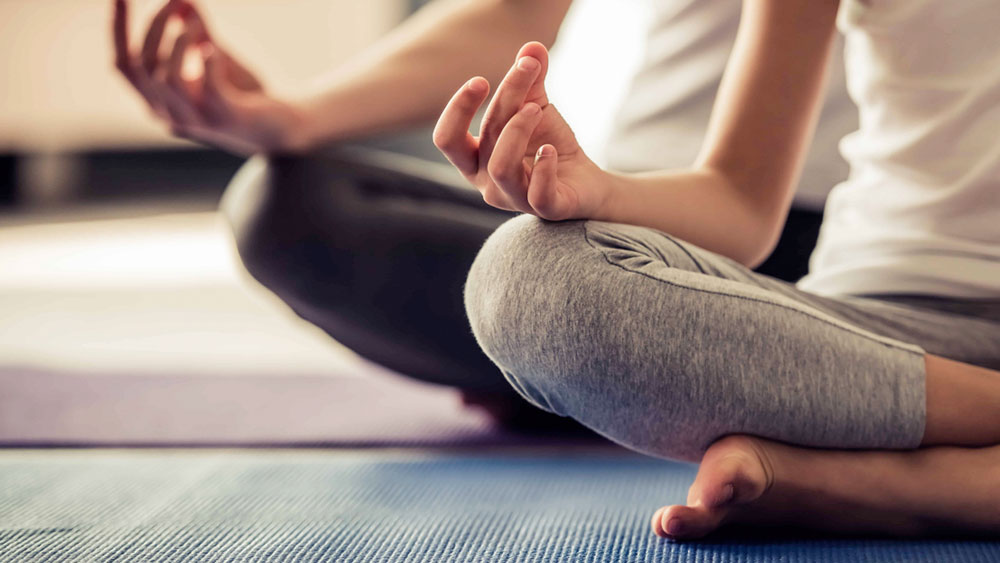
Image Credit: Future Guidebook
Designing a Meditation and Yoga Room
Designing a Yoga Room
INTERIOR DESIGN | Carolyn Feinstein | July 08, 2020
INTERIOR DESIGN | Carolyn Feinstein
July 08, 2020
When I first meet with clients to discuss their new home, I often hear about their dreams of large kitchen islands, mud rooms, and fireplaces in the owner's suite. But an often overlooked space is the personal oasis that can be found in a meditation room. Although you can throw down a floor cushion or yoga mat anywhere in your house, a dedicated space for meditation and yoga can provide the uninterrupted calm to maximize your practice. Throughout this article, I will refer to meditation and yoga rooms interchangeably as these havens customarily share many design characteristics.
Often times, trying to claim a room or corner for yoga or meditation means moving coffee tables or kids' toys to the side. If you are in the process of planning out a new home, why not include this area in your "must haves" and avoid rearranging the furniture each day? A carefully designed room does not need to be any larger than 10 feet by 10 feet to comfortably accommodate a yoga practice, meditation props, and storage for accessories. If you have the luxury of increasing the space, by all means give yourself more legroom.
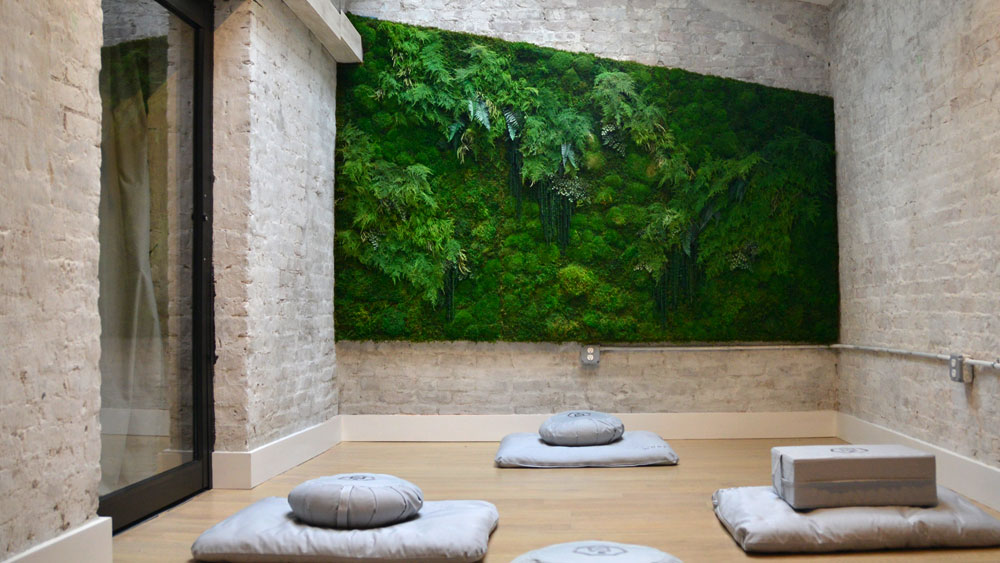
Image Credit: Monica Lee for MNDFL
Designing a meditation or yoga room is more than light walls and pillows on the floor. Although the finished interior design of the space will help you ignore distractions, the architectural design should assist in quieting exterior noise, ensuring proper air flow, and optimizing sun exposure. So when you are thinking about your floor plans, be sure to consider your yoga sanctuary early in the planning phase.
Using terms like sanctuary and oasis make me think of calm and quiet. While you practice drowning out the noise in your head, getting rid of the noise outside the house may be a much simpler task. Plan to insulate the floor, ceiling, walls, and windows for sound. With proper insulation, it will not be a silent room, but the noise should be dampened to a more tolerable level.

Image Credit: Manja Vitolic
Just like a passive house, a well-insulated room will need proper ventilation. If you plan to practice hot yoga, you may want to consider installing a mini-split system to provide a heating and cooling source separate from the rest of the house. There is no need to have your kitchen steaming up above 90° because you have the hankering for a hot practice.
In any design, I like to ensure there are views to the exterior. In a meditation room this feature is even more important. I envision windows or doors that look out onto natural landscapes or generally calming elements. For instance, I live in the suburbs where a natural landscape is pretty rare, so my meditation room looks out onto the canopy of a tree from a second floor window. Make the most of the view, be it sky, xeriscape, or a swaying tree. If windows are not an option, consider a backlit wall element that evokes the feeling of natural light.
The angle of the sun during various times of year can change the overall look and feel of the room. Work with your architect to ensure the window is large enough to embrace the natural light or placed in the room to protect against it. Perhaps adjust the height of the window or the depth of the sill. Accessories like window shades or drapes can be taken into account, but shouldn't be relied upon to mitigate sun exposure in the initial design. Make sure the window is operable. Bringing fresh air into your sanctuary on a nice day just can't be beat! Ideally, a sun study will not only help you assess shadows, but give you a full picture of the sunlight you can expect to enjoy during each season.
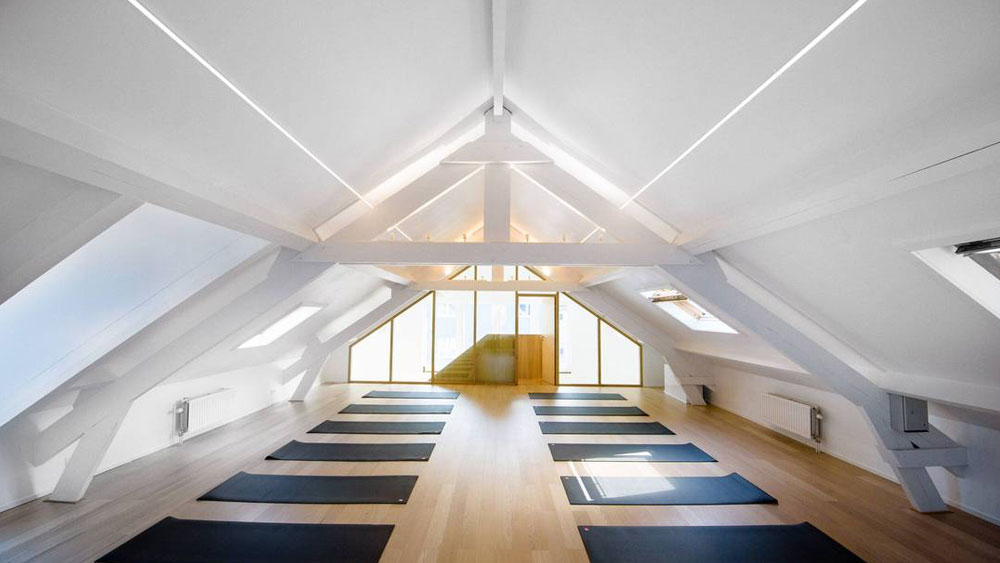
Image Credit: Manduka
Layered lighting is recommended and includes the illuminations provided by natural light sources as well as candles. Using recessed or simplistic flush mounted lights can provide an evenly lit space while minimizing the visual impact of the fixtures. Dimmable lights are highly recommended with light bulbs selected by their color temperature and lumen output rather than wattage. A 2400K light bulb, for instance, will have a yellow-orange hue, comparable to an Edison bulb. Whereas a 5000K bulb will give off the clean blue-white light you may see in a kitchen. The great news is that the hue is all a matter of personal preference and is as easy to adjust as changing a light bulb.
Whether you incorporate an in-wall speaker system or hang speakers in the corners, be sure to include this feature (and a television, if that's your thing), in your initial design. Opting for a scene setting control system, like Noon, can add functionality that will help you seamlessly adjust the lights, turn on music, or adjust fan speeds without having to get up from that perfect spot.
Here are a few elements I consider vital to any meditation and/or yoga room, and therefore, always ensure they fit comfortably into the designated area:
- Plants (provides color, oxygenation of the air, and calming natural elements)
- Candles or incense (safely set away from flammable objects and surfaces)
- Floor pillows (enough space to not have to pile them in a corner)
- Oversized yoga mat
- Accessory and cleaning supply storage (closet or organized shelving)

Image Credit: Manduka
The lovely part about meditation rooms is that you aren't necessarily looking for anything fancy or ornate. Simplicity and calm tend to rule the style in terms of structure and decor, though each room should be tailored to the unique style of the person using it. Keeping a clean and crisp color palette allows a blank slate for the mind to concentrate and provides openness to the space. A painted focal point or even an installation on a single wall may help to provide focus during your practice.
I encourage my clients to take a very relaxed approach to the interior design of the room. Planning a wall color, flooring, or fabric for the drapes ahead of time is fine, but wait until your room is built to determine exactly what the finishing touches will be. Find those final elements based on what you feel when you are in this new oasis. Let the room speak to you and add to the design with emotion.


